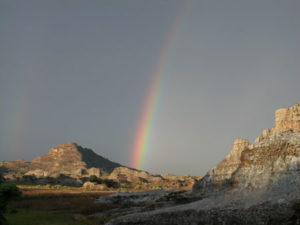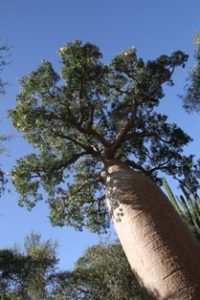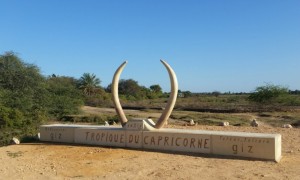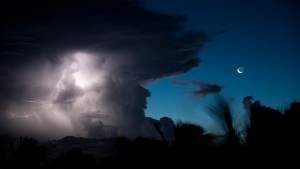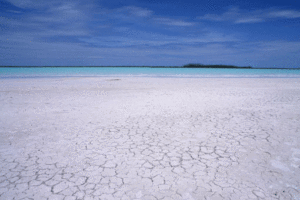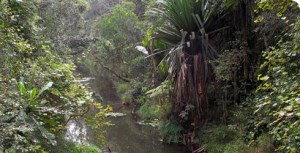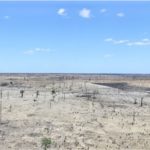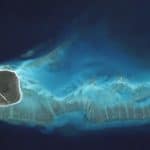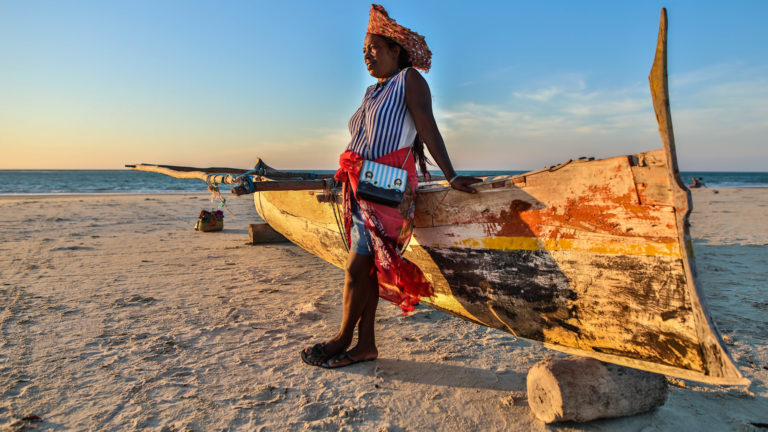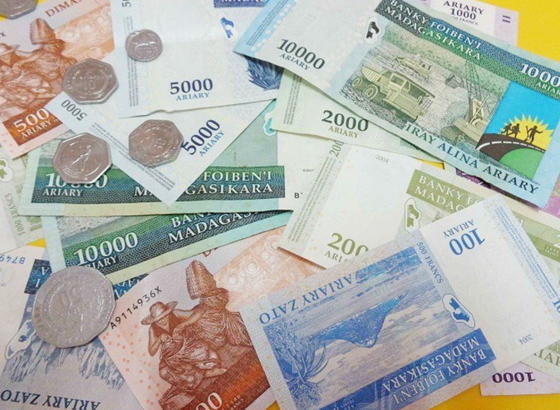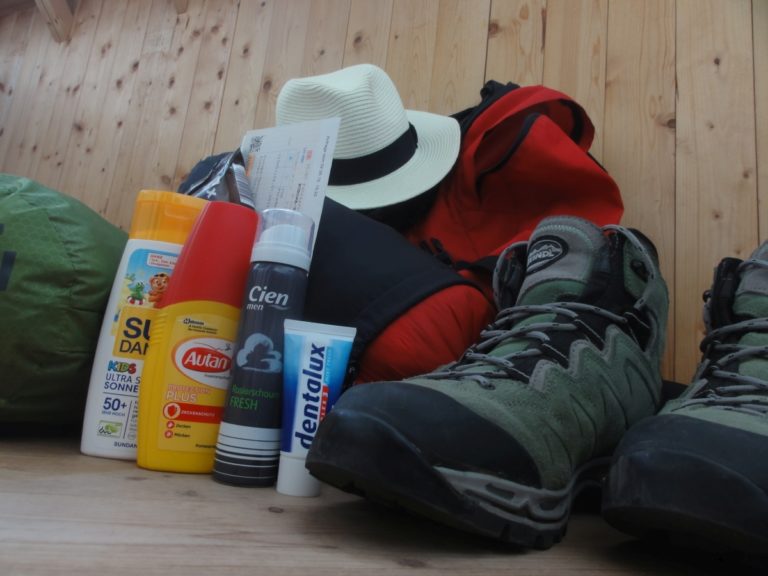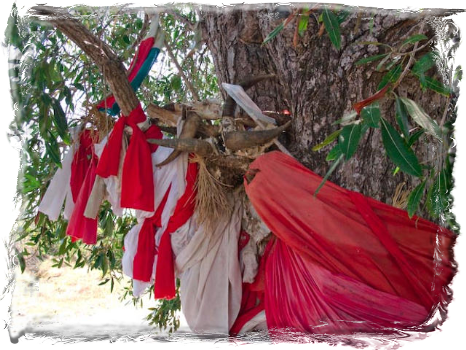Learn interesting facts for your vacation
When travelers from Europe hear that Madagascar as an island belongs to the continent of Africa, they usually assume a very dry climate, with heat playing a special role. In fact, a closer look at the Climate Madagascar but that such generalizations are inappropriate and completely misleading. Madagascar is a country that is divided into several different regions, almost each of which has its own unique character. individual microclimate possesses. Temperatures and weather conditions between the north, south, east west and the center of the country can definitely be described as severe, which is why you need to consider for your Madagascar vacation necessarily should first take into account the climate requirements. If you have a Trip to Madagascar we recommend that you take a look at our background information, where we will provide you with the Area weather, climate and best time to travel all relevant information at hand. However, we would of course like to inform you to some extent at this point about the Climate conditions in Madagascar inform. After all, it is important to us that your Madagascar vacation will become one of the most beautiful experiences in your life. So we can hope that you may visit the island another time in the future. To make our plan work, we are of course always at your disposal. We have for you Various travel packages compiled, such as various Tours to the hot south or a Trip to the northern east coast. Of course, the climate conditions on the island of Madagascar were also taken into account.
Basic information about the climate in Madagascar
In the southern part of the country, Madagascar is bordered by the so-called Tropic of Capricorn crossed. This means that the island of Madagascar is located in the tropics from a climatic point of view. However, these by no means always bring only one and the same type of weather - the nature of the land, the vegetation or even the wind can intensively influence the climate in a place. This is also the case in Madagascar. From a climatic point of view, Madagascar lies between the equatorial low-pressure area in the north and a southeastern high-pressure area over the Indian Ocean. This results in exactly the following for Madagascar Two seasons, which, however, are not summer and winter, but as Dry and rainy season can be called. These two seasons are opposite to the European summer-winter constellation. In addition, the division into the two seasons offers a clearly less reliable weather forecast than is the case in Germany, for example. In Madagascar, for example, the Trade winds and also the monsoon rains will be an important influencing factor and thus strongly affect temperatures, among other things. What most weather forecasts are relatively certain about, however, is the Rain probabilities as well as the rainfall amounts: On the east coast of Madagascar they are relatively high with up to 4,000 mm, whereas these values become less and less towards the south. While it can sometimes rain every day on the east coast, there are some regions in the south of Madagascar where almost never rain falls from the sky. A Journey to the mountain cloud forests on the east coast with conclusion in Nosy Be Accordingly, the weather and climatic conditions are quite different from those of a Journey to the land of thorn people.
The rainy season is our summer
Just because there is the so-called rainy season in Madagascar between November and March, this does not mean that there is necessarily bad weather during this time. On the contrary, because in this time prevails on Madagascar Summer with pleasant temperatures. Especially in the central highlands, the pleasant climate can now be felt and after one of the almost daily thunderstorms, the air seems cleansed and relaxation becomes possible without further ado. For the partly very changeable weather changes are responsible for the trade winds that bring rain to Madagascar's east coast throughout the year. In the area around Antsiranana in the north of the country of Madagascar there are also different drying zones, which are also overgrown with the appropriate vegetation. Normally travelers assume such Dry areas rather only in the south of Madagascarwhere in places it does not rain for months. The reason for the northern dry areas is the Tsaratanana Mountains, which rise about 3,000 meters above sea level and simply intercept the rain.
Heat and drought dominate in the south of the country
The heat and dry periods in Madagascar pose a difficult challenge to nature and the country's population. Huge sisal plantations and slash-and-burn agriculture also come as a Sources of danger and risk factors The already sparsely vegetated landscapes are subjected to even greater pressure due to the destruction of the original vegetation. The Water balance is severely disturbed and what originally grew on the soil no longer thrives today. This generates another danger: Madagascar's indigenous population, who originally cultivated their fields in the south of the island, now find themselves forced to cultivate ever more to wander further north. This has the consequence that also the northern parts of the island, where sometimes still unique wet forests are increasingly threatened by slash-and-burn and the like.
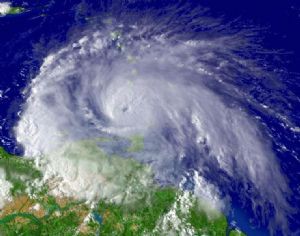
The Madagascar climate poses a constant threat of cyclones
Cyclones have always been one of the most terrible weather phenomena in Madagascar, and with their terrible consequences, they mainly affect the Coastal regions in the east of the country. Cyclones are seen in other places also called typhoons and correspond to a tropical cyclone that originates over the Indian Ocean. When large amounts of water evaporate there, this results in rising air masses, which in turn are set into rotation due to various factors and then migrate westward over the island. This can lead to Wind speeds of well over 200 kilometers lead and brings huge storm surges as well as torrential rainfall. When a cyclone hits a solid land mass, its intensity usually decreases very quickly. Therefore, of the serious dimensions of these catastrophic weather phenomena, only the Coastal regions of Madagascar affected. The central highlands, on the other hand, remain protected. For your Trip to Madagascar it is important to know, when cyclones occur more frequently in the year can. Especially in the months between December and March the probability of such a tropical storm occurring is greatest. However, there are now quite accurate forecasting mechanisms that protect against the worst. We are well acquainted with the various mechanisms and check the forecasts every day, especially in the high-risk months, in order to provide you with the best possible information.
a safe and relaxed Madagascar vacation to be able to guarantee. It is also very important for us because the weather conditions can have a great influence on the tours we plan. For example, if you have a Trip to the Tsingy of Bemaraha and to Andasibe book with us, we have to plan the travel time with the climate in Madagascar very carefully. Because that is how the Tsingy from Bemaraha not accessible by car all year round: Rainfall, landslides and many other weather-related causes can make roads impassable. Accordingly, it is crucial for the quality of your vacation that you already trust in an experienced partner when planning the same. We live in Madagascar and are very familiar with the local weather conditions. In your interest, we go already in the planning of a Journey through Madagascar take no risks whatsoever and are always well Alternative routes and plans equipped. If you would like to know more about this topic or if you have already chosen a certain tour or route from our program, please do not hesitate to contact us directly.

